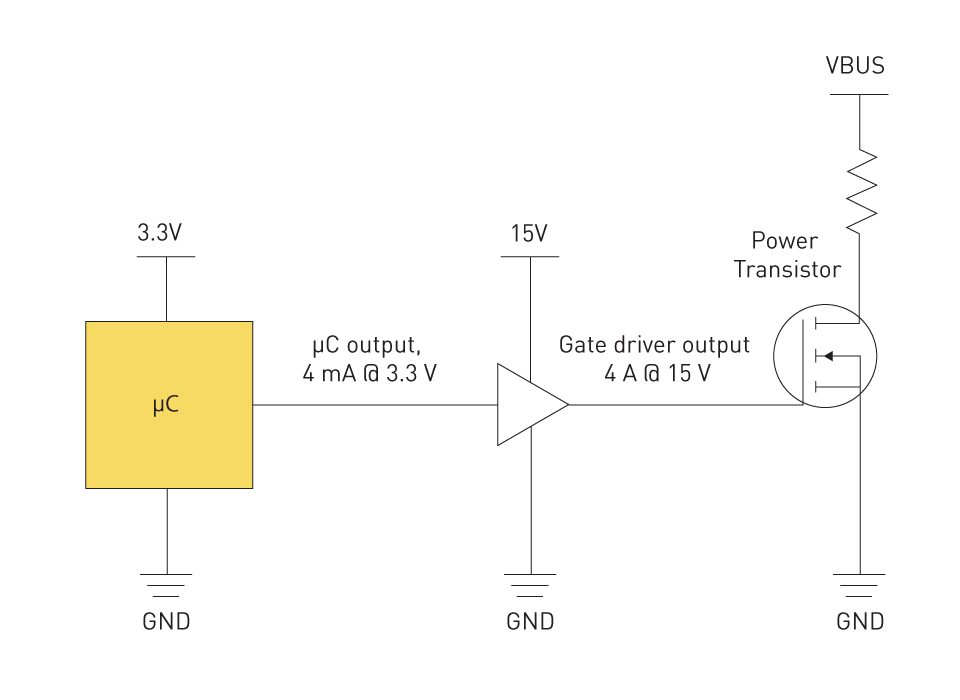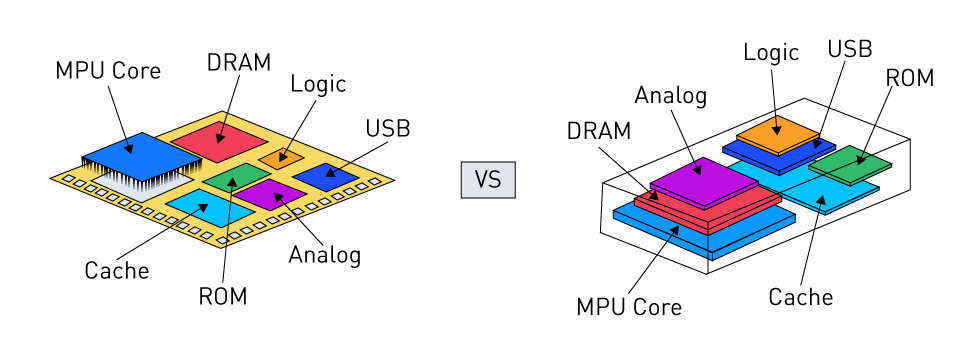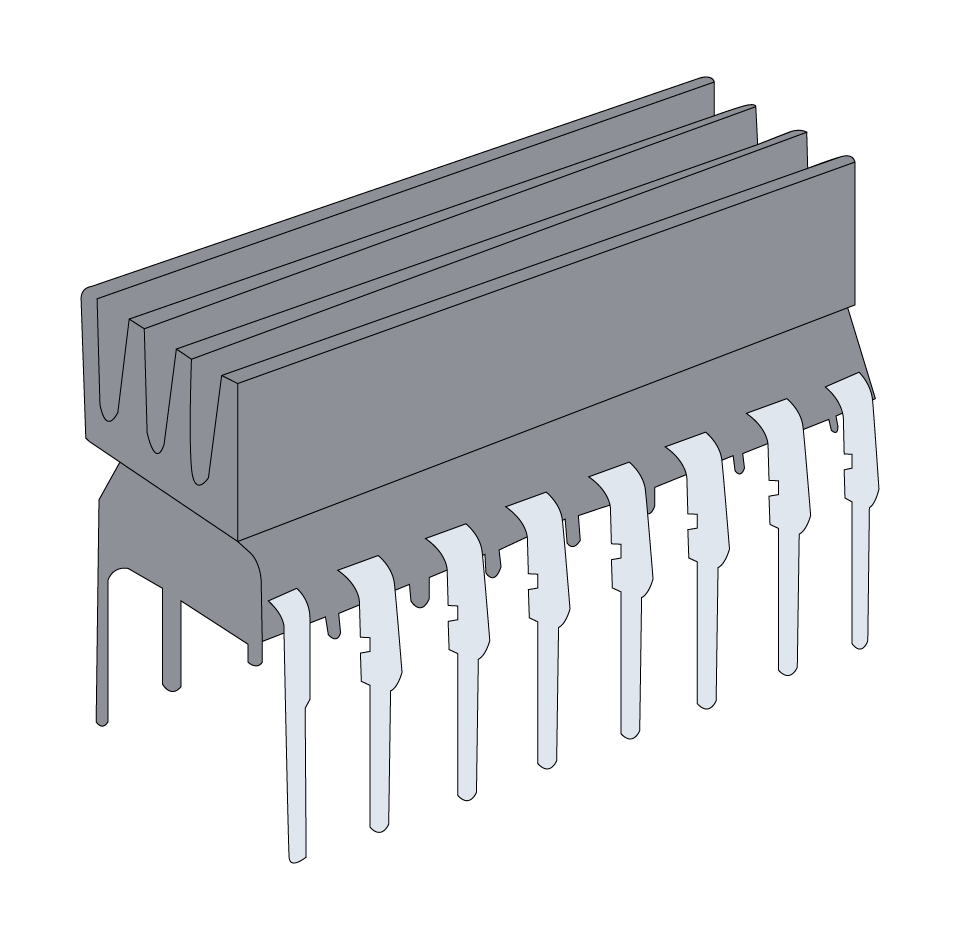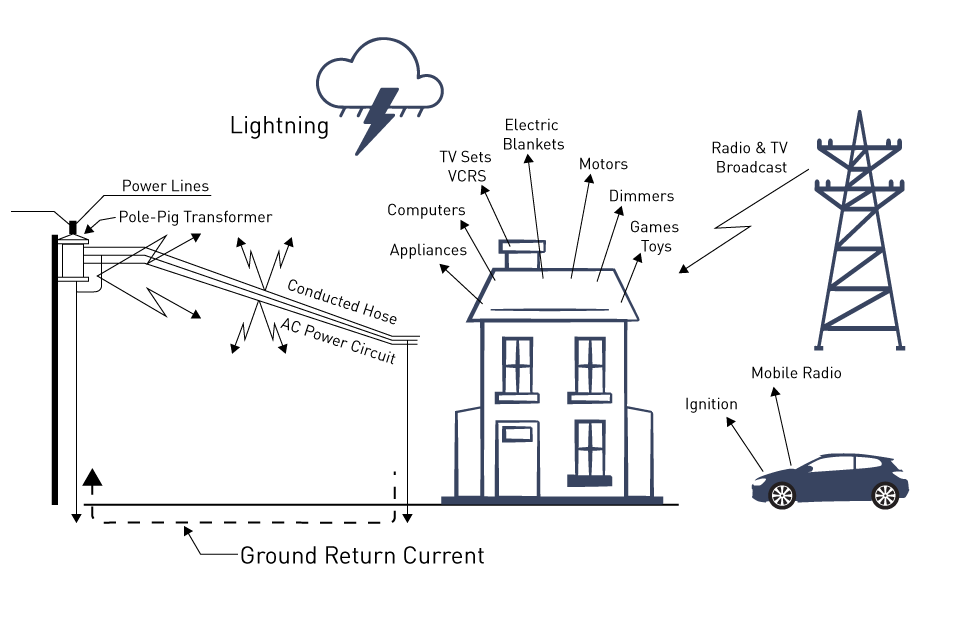Specific Design Scenarios
Various practical design scenarios in electronic design, especially when integrating digital isolators with integrated power, exemplify the application of theoretical concepts. These scenarios emphasize the flexibility of digital isolators in different contexts, thus underlining their versatility.
Scenario 1: Industrial Motor Control System
Context: Digital isolators are employed to separate the high-power motor drive circuitry from the low-voltage control electronics in an industrial motor control system.
A few design considerations are listed below:
High Isolation Ratings: The digital isolators need to have greater isolation voltage ratings for safety and equipment protection because of the high voltages usually present in motor drive circuits.
Robust Noise Immunity: Isolators with strong common mode transient immunity are necessary to maintain signal integrity because of the electrically noisy industrial environments.
Thermal Management: Effective thermal management strategies are crucial for preventing overheating of the digital isolators and associated components, given the high power involved.
Scenario 2: Solar Energy Inverter
Context: Digital isolators are utilized to offer isolation between the photovoltaic (PV) panels and the inverter control logic in a solar energy inverter.
A few design considerations are listed below:
Wide Operating Temperature Range: Given the varying environmental conditions, solar inverters require isolators capable of reliable operation across a broad temperature range.
Efficient Power Utilization: As the system depends on solar power, optimization of power consumption is vital. Isolators designed for energy efficiency contribute to maximizing the overall energy conversion efficiency of the system.
Long-Term Reliability: As solar inverters are usually designed for long functional lifetimes, the isolators must be highly dependable to reduce maintenance requirements.
Scenario 3: Medical Device Data Acquisition
Context: Digital isolators are used to isolate patient signals from the monitoring and recording equipment in medical devices utilized for data acquisition, like electrocardiogram (ECG) machines.
A few design considerations are listed below:
Precision and Accuracy: In medical applications, high accuracy is paramount. Minimal signal distortion must be ensured by isolators for accurate patient monitoring.
Safety Standards Compliance: It is imperative to comply with medical safety standards such as IEC 60601, necessitating isolators with medical-grade isolation ratings.
Compact and Lightweight Design: The isolators should contribute to a compact and lightweight design, given the need for portability in many medical equipment.
Scenario 4: Automotive Battery Management System
Context: Digital isolators are employed in automotive battery management systems (BMS) to monitor and control the battery cells within electric vehicles (EVs).
A few design considerations are listed below:
Vibration and Shock Resistance: Isolators required for automotive applications must endure mechanical stresses, including vibrations and shocks.
High-Speed Communication: Isolators capable of high-speed operation are necessary for real-time battery monitoring, where fast data transfer is essential.
EMI Mitigation: To ensure consistent performance and communication, the isolators must effectively operate in the EMI-rich environment of a vehicle.
The diverse applications of digital isolators with integrated power and the specific considerations required in different contexts are illustrated by these practical design scenarios. Comprehending these scenarios facilitates the customization of the design approach to fulfill the distinct needs of each application, thereby guaranteeing optimal performance, reliability, and safety.
Comparative Analysis of Different Design Approaches
Different design approaches can be adopted in the practical application of digital isolators with integrated power, depending on the specific requirements of a project. Analyzing these approaches comparatively offers insights into how design choices affect the cost, overall system performance, and suitability for various applications.
Approach 1: High-Efficiency vs. Cost-Effective Design
High-Efficiency Design
- Characteristics: For maximum efficiency, it uses advanced materials and technologies, such as GaN or SiC semiconductors.
- Advantages: Reduces thermal stress, enhances performance, minimizes power losses.
- Disadvantages: Potentially more complicated manufacturing processes and greater component costs.
- Suitability: It is suitable for applications where efficiency is pivotal, like in high-performance computing or renewable energy systems.
Cost-Effective Design
- Characteristics: Prioritizes readily available, affordable components, focusing on meeting fundamental operational needs.
- Advantages: Simpler design, ease of production, lower overall cost, and faster time to market.
- Disadvantages: Potentially greater power losses and decreased performance.
- Suitability: Perfect for consumer applications or electronics where cost constraints are a basic concern.
Approach 2: Compact, Integrated Design vs. Modular, Flexible Design
Compact, Integrated Design
- Characteristics: Characterizes high-density integration of components, frequently using SiP or SoC solutions.
- Advantages: Due to shorter interconnections, it saves space, consumes less power, reduces weight, and can provide increased performance.
- Disadvantages: Higher initial development cost and it can be more challenging to upgrade or repair.
- Suitability: Suitable for wearables, portable devices, and space-constrained applications.
Modular, Flexible Design
- Characteristics: Focuses the utilization of separate modules for various functionalities, enabling for easy customization.E
- Advantages: Make simpler upgrades and maintenance, provides flexibility in replacing or changing modules.
- Disadvantages: With potentially higher assembly costs, it is typically larger and heavier.
- Suitability: Perfect for industrial Processes, where maintainability and flexibility are key.
Approach 3: Advanced Thermal Management vs. Simplified Thermal Solutions
Advanced Thermal Management
- Characteristics: Advanced cooling techniques such as heat pipes, liquid cooling, or modern heat sinks are incorporated.
- Advantages: Greatly helpful in handling heat, enabling for long-term reliability and higher power densities.
- Disadvantages: Rise in complexity and system’s cost.
- Suitability: Mandatory in high-power applications, like power amplifiers or server farms.
Simplified Thermal Solutions
- Characteristics: Depends on basic heat dissipation techniques such as natural convection or simple heat sinks.
- Advantages: Less cost, simplicity, and decreased design complexity.
- Disadvantages: Less dependent and effective in thermally challenging or high-power environments.
- Suitability: Best for low-power applications or where simplicity and cost are more important than thermal performance.







直接登录
创建新帐号